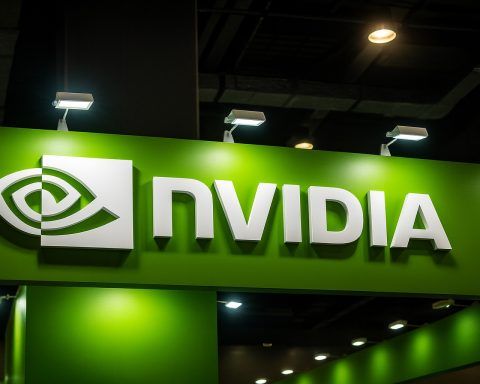
Intel (INTC) Stock Soars to Multi-Year High on AI Hype, Big Backers – What’s Next?
Bottom line: Intel’s stock has staged a remarkable rally in 2025 on the promise of an AI renaissance backed by deep-pocketed allies. As of October 20, shares are holding near multi-year highs on optimism that the storied chip giant might










